By Admin - December 22nd, 2014
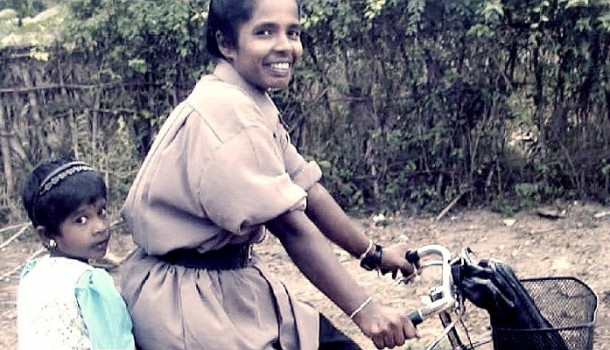 Written By: Jessica Chandrashekar and Roshni Raveenthiran
The following is a discussion that emerged out of a conference that dealt with questions of feminisms and structural violence in contexts of war, authoritarianism and genocide. We focus on the presentation that Tasha Manoranjan gave titled “Gendered Genocide: Sri Lanka’s War Against Tamils”.
The purpose of this piece is to share what we learned from Tasha’s talk, as well as our thoughts on structural violence and the Tamil genocide. By naming violence as ‘structural’ we are showing how violence is more than just one individual harming another individual. Violence is made possible and enabled by institutions such as the legal system, the state and the media. These institutions are created or structured so that some people gain certain privileges and protections, while other people are oppressed.
We want to open up a discussion about the structural dynamics of the Tamil genocide. We feel that this discussion is important and necessary, particularly in our current context. In this current moment the UN OISL is writing their report and will make recommendations to the international community; there are debates on dropping the term ‘genocide’; and Eezham Tamils- particularly those in the Vanni, are struggling against colonization and military occupation.
The month in which we began our discussion is significant because our conversations on structural violence and the Tamil genocide took place during November. November is the month of Maaveerar Naal, a day of remembrance of those who sacrificed their lives for the freedom and liberation of Eezham Tamils. As such, we discussed three questions and below we share with you our collective thoughts.
[read more inside]
By Admin - December 18th, 2014
![Canadian Tamil Youth Alliance Annual General Meeting [Recap]](http://tamilyouth.ca/wp-content/uploads/CTYALOGO.jpg) On Sunday December 7th, 2014, Canadian Tamil Youth Alliance (CTYA) held its fifth Annual General Meeting.
The meeting was initiated with a moment of silence, followed by elections for Council directors and Executives. Each nominee presented a speech to articulate why they should be elected for the position they were running for. The Chief Returning Officer supervised the election process.
The events that took place during 2013-2014 by CTYA were reviewed, and the accomplishments for each of the five councils were then presented and discussed. Following that, upcoming events for this year were also looked at.
CTYA’s vision is to empower Canadian Tamil Youth to become outstanding leaders and citizens in our society. With much accomplishments and experience already under its belt, CTYA is on its way to greater success.
Newly Elected Council Directors for 2015:
Arts and Culture Council
Apeeram Balasingam
Nevetha Yogarajah
Athletics Council
Kishon Jivarajah
Education and Career Development Council
Arrenan Ratnaveluppillai
Vice President- Finance
Thivya Shanthakumar
Vice President- Membership
Ramesh Kanagalingam
Vice President-Events
Cajaani Velautham
Vice President- Communications
Senthoori Sivagurunathan
President
Chenthuran Ganesharajah
By Admin - November 17th, 2014
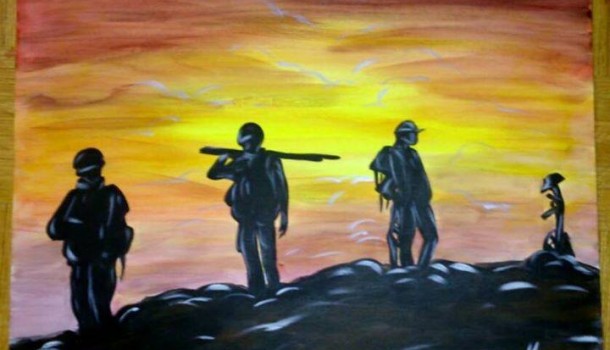 Written By: Keera Ratnam
I was told at nightfall the days ends, and with the morning sun, comes a new day and new experience. But to me, a new day means much more than waking up to see the sun. It means freedom. It is a day where the children of tomorrow are able to speak their native tongue. A day where our lives are protected from harm and a day, where we truly are free.
That day has not yet come. My people, the Tamil people, and I have been suffering from physical and mental torture. We’ve been stripped our rights and privileges – and have become muted. Despite all the suffering, we are not able to speak our voices. Why, you may ask? Why we have not spoke out? But the truth is, we are not allowed to speak. And when we do try to let our voices be heard, it is silenced. From the tiniest quarrel from our youngest living to the last standing alive.
But do not worry, my brothers and sisters are not hopeless. We too believe that we will be free one day. We left our homes, family and dreams in search of a new day and to bring a day of light to our people. We are the children of today, we must work to give light to the ones that will rise tomorrow. We took oath. An oath to fight till the end, and we must vow to fight, from dawn till dusk, until a new horizon is risen. We walked many miles, up many hills, dug many bunkers, fled from forest to forest, and fled from house to house. We held on to every mother and father, and promised to protect them as our own. We watched our friends cry in pain, fall within our arms asking us to hold on tight, tighter. We carried the dead, to put them to rest, and took them home for their families to see. Mothers yelled, cried and fell down to their feet. Asking their child’s body if they can have the one last chance to meet, talk, hug.
Many of us lost arms and legs. Many lost their lives and some gave up their livelihood. They did not rest, they did not stop, they went on as each fighter fell. As death came closer, they said, beneath the ground we shall go, but will up-rise again as young springs and continue on with our journey until the rays of sunlight from tomorrow shines upon us with delight. From Dawn till Dusk we shall not sleep, beneath the ground we shall not rest, until the day has come for the birth of our nation.
By Admin - November 8th, 2014
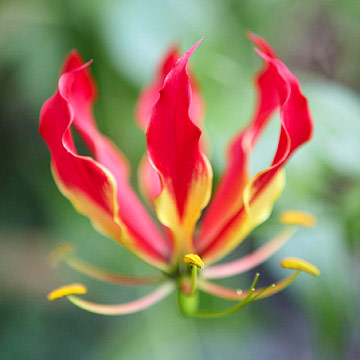 We must never forget. The significance of our Maveerarkal and Kaarthikai Poo.
Written by: Mathusan Mahalingam
karthikaiThe month of Karthaikai, November, marks great significance for us Eelam Tamils around the globe. November is a month dedicated to commemorating our Maveerarkal, and their selfless sacrifices for our nation.
Many Tamil Student Associations at various universities and colleges work in organizing numerous programs that seek to educate peers of the sacrifices of our Maveerarkal, and to commemorate them. Through musicals, dramas, speeches, poetry readings and alternative campaigns, Canadian Tamil youth accept their responsibility of educating and respecting the tremendous sacrifices of our Maveerarkal.
Every year, partaking in such events, brings me a sense of peace, hope and strength. Every year without fail, through such events, I am reminded again, of the humble, and selfless sacrifices of our brothers and sisters, and realize their undeniable love for our Motherland, Tamileelam.
This month, the Kaarthikai Poo, is also worn proudly by many. The Kaarthikai Poo was designated as the Tamil Eelam National Flower in 2003. The Kaarthikai Poo contains the spectrum of colours of the Tamileelam National Flag – Red, and Yellow. Furthermore, in the month of November, this flower blooms throughout the Tamil homeland, in the north and the east.
In English, the Karthikai Poo is known as the ‘Glorisa Lily’, or alternatively as the Flame Lily. Some of the properties of the flower itself are quite remarkable and inspirational. Unlike other flowers that quickly wither when cut and placed in flower within a few days, the Karthikai Poo can survive and endure for up to four weeks when cut and placed in water.
But, what is most astounding of this flower, is that it symbolizes regeneration and rebirth. Once the flower has bloomed once, the growth tip of the bulb of the flower actually grows another fork tuber, producing another bulb, and another flower. The Kaarthikai Poo, in its properties, produces two other bulbs, and thus two new flowers from its seed. So from each flower, comes two new flowers. A powerful analogy can be drawn from this property to our Maveerarkal, who become seeds of revolution and hope in their passing, and thus, using the Kaarthikai Poo as a symbol, is truly powerful.
Assigning specific flowers as state flowers, or national flowers is a tradition that has been practiced for many centuries, the assigning of flowers to symbolic significance began with the assigning of specific deities specific flowers. This tradition is carried out today, where nations, and states continue to assign flowers of significance to commemorate specific occasions, or to particular nations.
This month especially, we must all come together at these events, and show our respect for our Maveerarkal, and we must all wear the Kaarthikai Poo proudly. If your school is organizing an event, go to it, show support and respect for our heroes. We must all educate our peers, and co-workers of their significance, and most of all, we must remember.
They gave up their lives so we could be free, and we must never forget them, but instead, move their dreams forward.
Source:
“Bulbs and Summer Flowering: Gloriosa Lily.” Garden Express. 2011. Retrieved from http://www.gardenexpress.com.au/gloriosa-lily/. November 01, 2011.
By Admin - November 8th, 2014
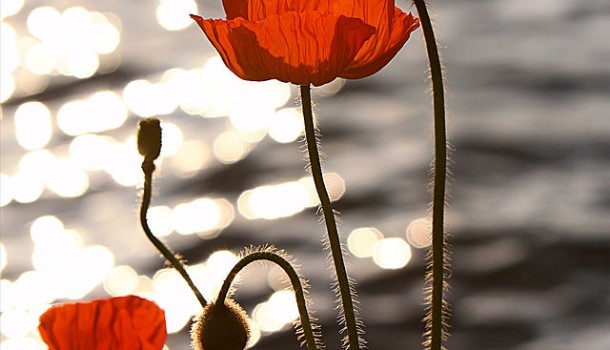 Every year on November 11, Canadians honour the men and women who have served, and fought for Canada in the First World War (1914-1918), the Second World War (1939-1945), and the Korean War (1950-1953), as well as those who have served since then. More than 1,500,000 Canadians have served, and more than 100,000 have died. They gave their lives and their futures so that we may live in peace. Today, take a moment and thank the Canadians who have given up their lives for your freedom.
Like the Kaarthikai Poo, the poppy is worn as a symbol of remembrance throughout the month as a reminder of the sacrifice of the veterans. The idea of using the poppy as a means to support wounded veterans was an idea brought on by a French woman, Madame E. Guérin, who suggested the idea to British Field-Marshall Earl Haig. The first of these poppies were distributed in Canada in November of 1921, and the tradition has continued in Canada ever since.
All of us, growing up would have heard the heartfelt poem written by Lieutenant-Colonel John McCrae, a doctor serving with the Royal Canadian Army Medical Corps:
In Flanders Fields the poppies blow
Between the crosses, row on row,
That mark our place; and in the sky
The larks, still bravely singing, fly
Scarce heard amid the guns below.
John McCrae 11
The Canadian Tamil Youth Alliance encourages all its youth to take part in remembering and honouring the sacrifices of Canadian soldiers by wearing a poppy and taking part in the two minutes of silence on the 11th day, of the 11th month, of the 11th hour.
“Heroism is latent in every human soul – However humble or unknown, they (the veterans) have renounced what are accounted pleasures and cheerfully undertaken all the self-denials – privations, toils, dangers, sufferings, sicknesses, mutilations, life-” Joshua Lawrence Chamberlain
References:
Veterans Affairs Canada (http://www.vac-acc.gc.ca/
|
|


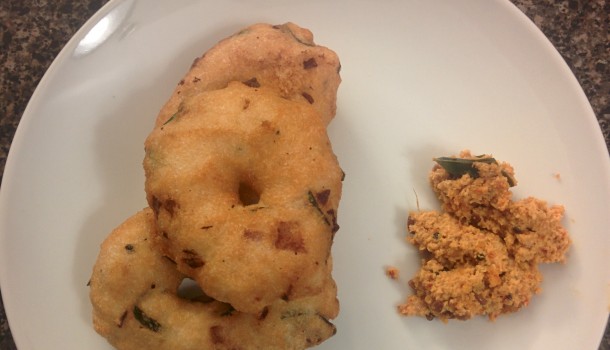
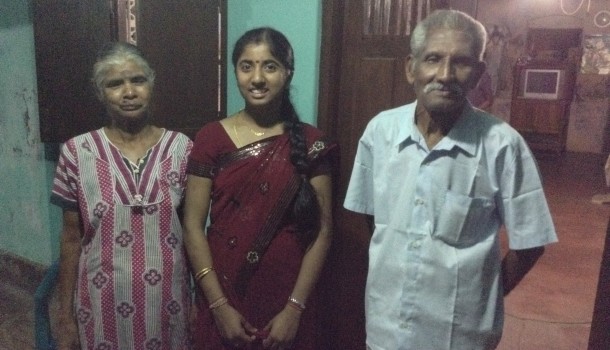
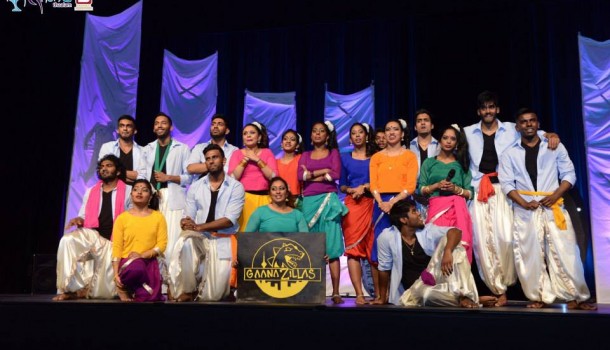

![Canadian Tamil Youth Alliance Annual General Meeting [Recap]](http://tamilyouth.ca/wp-content/uploads/CTYALOGO.jpg)





